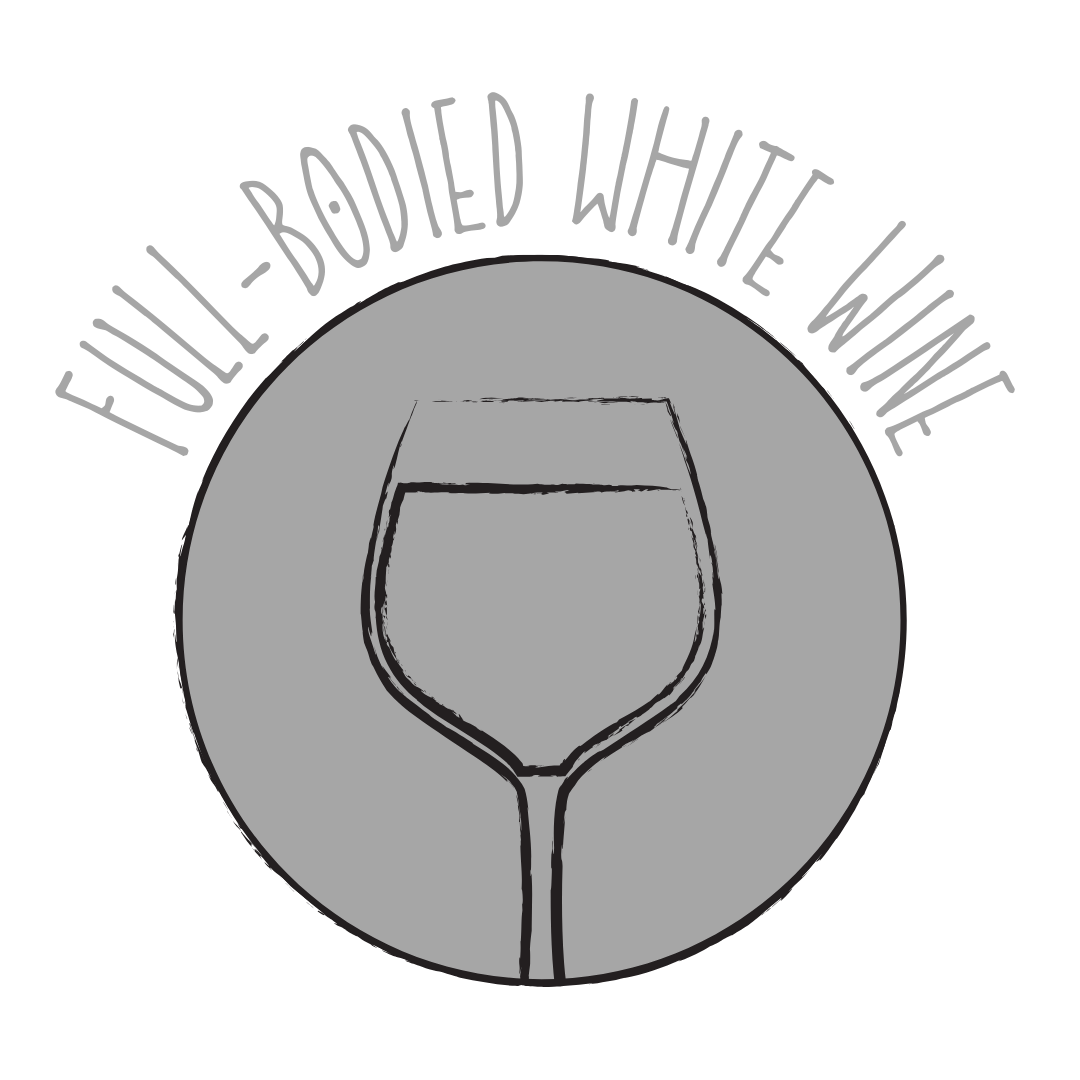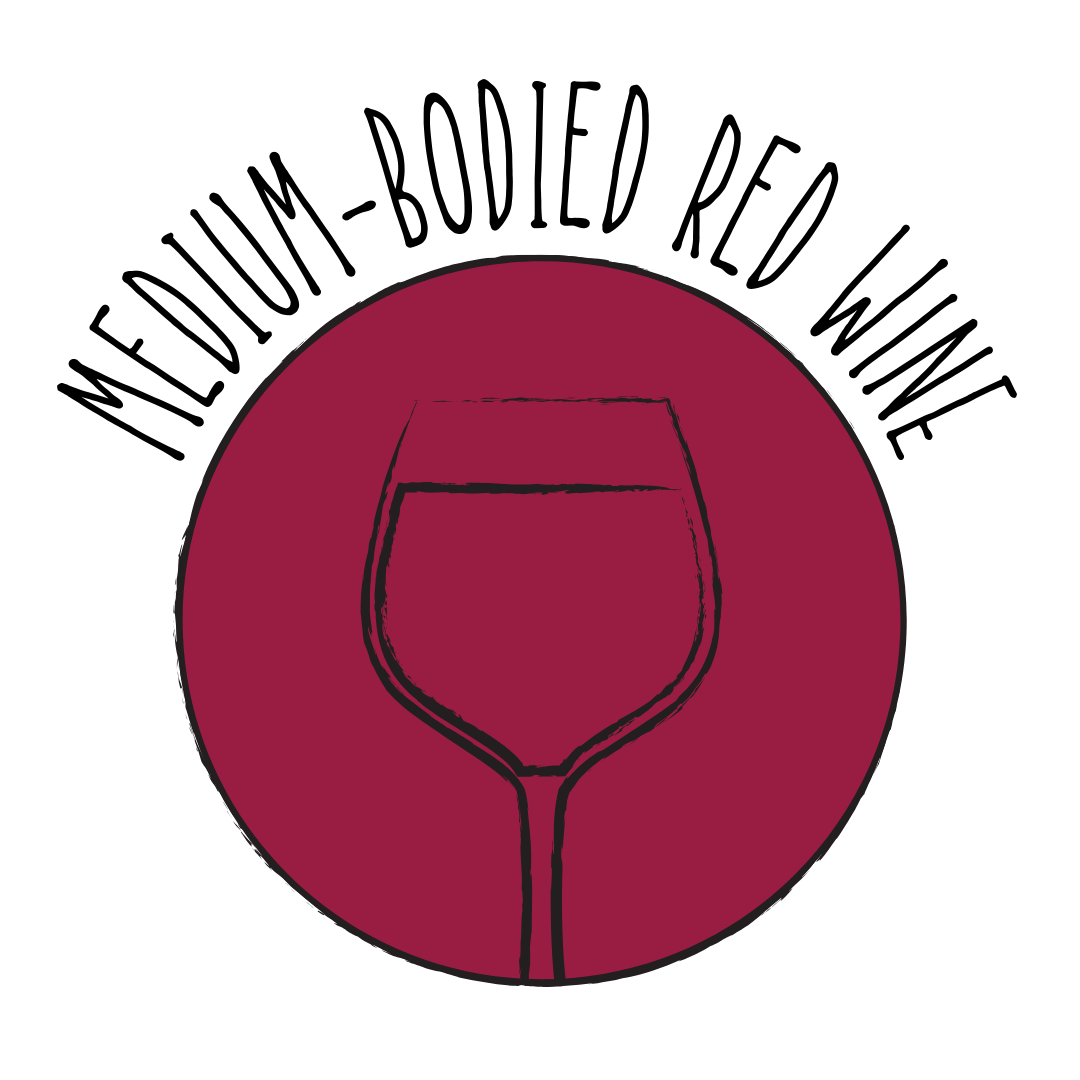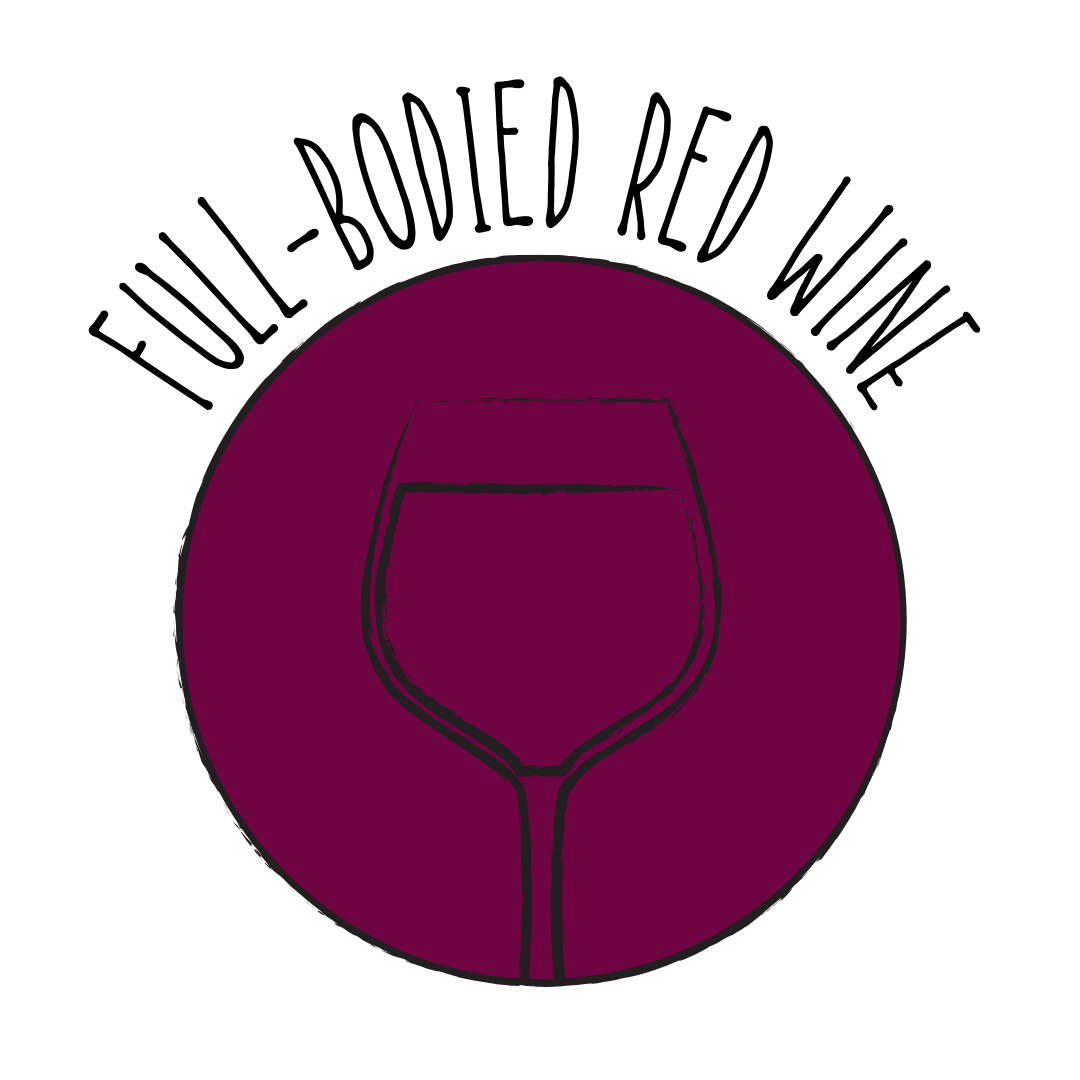Grape Variety
St-Laurent
"sahnk loh-RAHNT"
Wine Styles
 Sparkling
Sparkling Light White
Light White Full White
Full White Aromatic
Aromatic Rosé
Rosé Light Red
Light Red Medium Red
Medium Red Full Red
Full Red Dessert
DessertAbout St-Laurent
Origin
Austria
History
St. Laurent, also known as Sankt Laurent, is a highly aromatic dark-skinned wine grape variety grown in cool climate regions of central Europe, mainly Austria and the Czech Republic. Its origin is uncertain, but DNA analysis has confirmed that it is an offspring of Pinot noir and a second parent, possibly Savagnin. The grape was named after St. Lawrence's Day (August 10th), as the grapes begin to change color around this time. St. Laurent is the second-most widely planted red grape variety in the Czech Republic, comprising approximately 6% of total vineyards. In Austria, it is the third most popular red grape variety, primarily grown in Lower Austria and Burgenland. The grape has also found a home in Germany, particularly in regions like Rheinhessen and Pfalz.
Appearance
Small to medium-sized, dark-skinned berries forming compact clusters.
Growing Traits
St. Laurent is a mid-ripening variety that thrives in cooler climates. It is known for its sensitivity to frost and requires careful vineyard management to prevent overproduction, which can lead to diluted flavors. The grape is relatively resistant to diseases but can be susceptible to mildew in humid conditions. It prefers well-drained soils and benefits from controlled yields to enhance concentration and quality.
Wine Characteristics
Body
3/5
Sweetness
1/5
Tannin
2/5
Acidity
4/5
Alcohol
3/5
Medium-bodied with a balanced structure, offering both elegance and depth. Typically vinified dry, though off-dry styles exist, especially in regions like the Czech Republic. Moderate tannin levels, contributing to a smooth and velvety mouthfeel. Medium to high acidity, providing freshness and enhancing its aging potential. Moderate alcohol content, generally ranging from 12% to 13.5%, depending on the winemaking style and region.
Taste Profile

Black cherry

Blackberry

Violet

Baking spices

Chocolate
St. Laurent wines are known for their aromatic intensity and complex flavor profile. Common tasting notes include black cherry and blackberry, complemented by floral nuances of violet. Spicy undertones of baking spices and hints of chocolate add depth, while the wine's medium to high acidity provides freshness. The moderate tannins contribute to a smooth and velvety mouthfeel, making it both food-friendly and enjoyable on its own.
Food Pairing
St. Laurent's versatility and balanced profile make it an excellent companion for a variety of dishes. It pairs well with roasted poultry, duck, and game meats. The wine's acidity complements dishes with rich sauces, while its moderate tannins allow it to accompany grilled vegetables and mushroom-based dishes. Additionally, St. Laurent pairs nicely with medium-aged cheeses and charcuterie.
Growing Regions

Austria
Lower AustriaBurgenland

Czech Republic
MoraviaBohemia

Germany
RheinhessenPfalz

Slovakia
Little Carpathians

Canada
British ColumbiaOntario
Notable Wines & Producers
Weingut Heinrich St. Laurent
Weingut Heinrich
Weingut Wieninger St. Laurent
Weingut Wieninger
Moravino Valtice Svatovavřinecké
Moravino Valtice
St-Laurent FAQ
Common questions about this grape variety
What is the origin of St-Laurent?
+
Austria
Is St-Laurent wine full bodied?
+
St-Laurent has a body level of 3 out of 5. Which means that St-Laurent is Moderate bodied.
Is St-Laurent wine dry or sweet?
+
St-Laurent has a dryness level of 1 out of 5. Which means that St-Laurent is Dry.
Where is St-Laurent wine from?
+
Austria
Where is St-Laurent grown?
+
St-Laurent is grown in Austria (Lower Austria, Burgenland)Czech Republic (Moravia, Bohemia)Germany (Rheinhessen, Pfalz)Slovakia (Little Carpathians)Canada (British Columbia, Ontario).
What is St-Laurent like?
+
St. Laurent wines are known for their aromatic intensity and complex flavor profile. Common tasting notes include black cherry and blackberry, complemented by floral nuances of violet. Spicy undertones of baking spices and hints of chocolate add depth, while the wine's medium to high acidity provides freshness. The moderate tannins contribute to a smooth and velvety mouthfeel, making it both food-friendly and enjoyable on its own.
What does St-Laurent pair with?
+
St. Laurent's versatility and balanced profile make it an excellent companion for a variety of dishes. It pairs well with roasted poultry, duck, and game meats. The wine's acidity complements dishes with rich sauces, while its moderate tannins allow it to accompany grilled vegetables and mushroom-based dishes. Additionally, St. Laurent pairs nicely with medium-aged cheeses and charcuterie.
What does St-Laurent taste like?
+
St. Laurent wines are known for their aromatic intensity and complex flavor profile. Common tasting notes include black cherry and blackberry, complemented by floral nuances of violet. Spicy undertones of baking spices and hints of chocolate add depth, while the wine's medium to high acidity provides freshness. The moderate tannins contribute to a smooth and velvety mouthfeel, making it both food-friendly and enjoyable on its own.
Take St-Laurent Knowledge with You
Access detailed grape profiles, tasting notes, and pairing suggestions on your iPhone.
Download on theApp Store